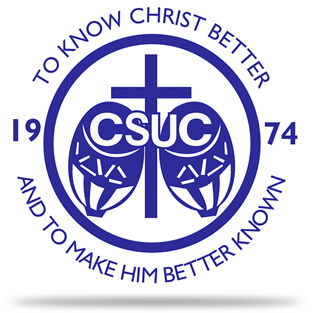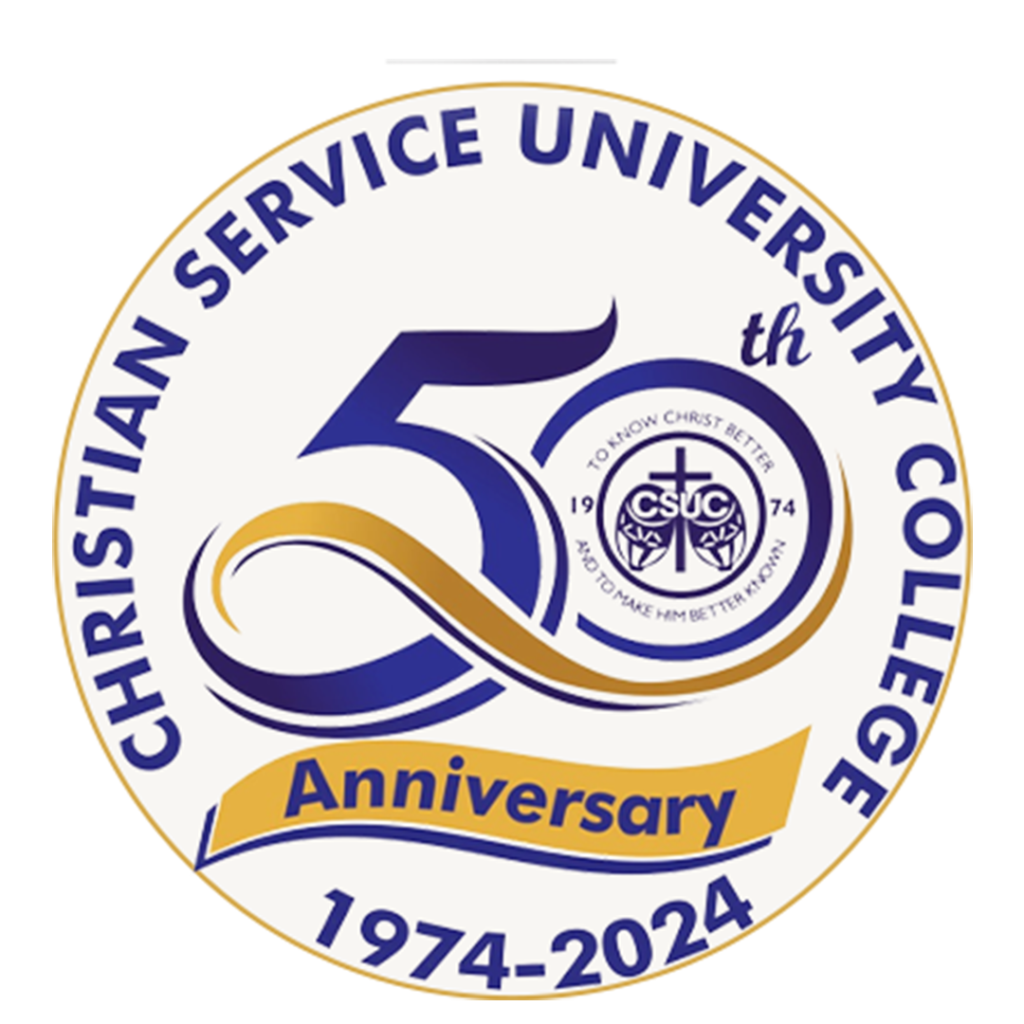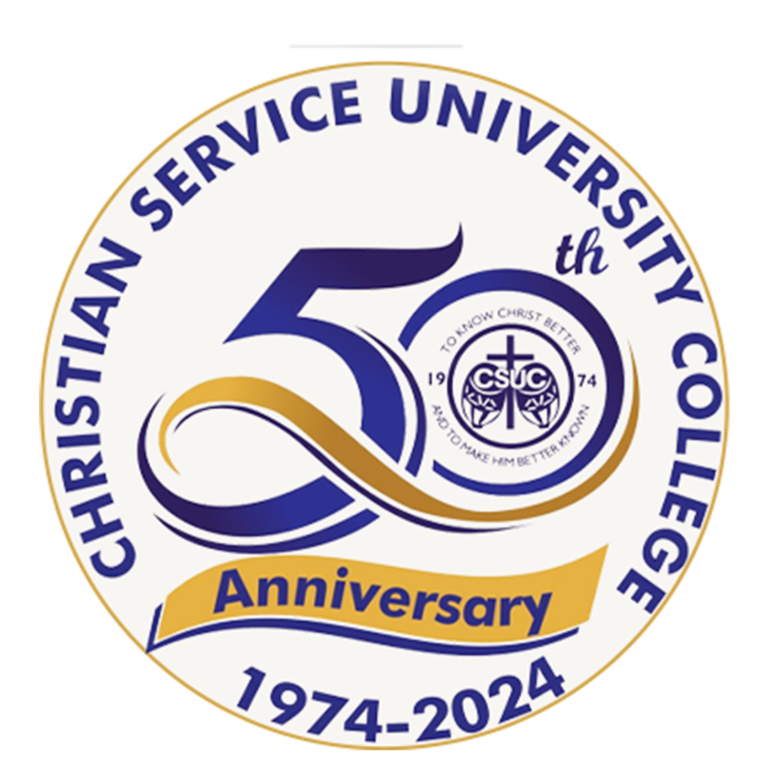Cerebral Palsy (CP) is a term used to describe a problem with movement and posture that makes activities difficult. Even though someone who has cerebral palsy has problems moving his or her muscles, this is not because there is something wrong with the muscles or nerves. These difficulties are caused because of problems in the brain. The patient might have had an injury to the brain, or had a brain that don’t develop properly. These problems can affect the way the brain
controls movement and posture.
Simply stated, ‘Cerebral’ refers to the brain, and ‘Palsy’ refers to weakness/poor control. Although the brain itself will not get worse, people who have cerebral palsy will usually change over time. Sometimes they will get better, and some patients will stay the same. Occasionally they will get worse, usually because of contracture of the joints or changes in the muscle tone;
There is currently no cure for cerebral palsy but there are different treatment options for the people who have cerebral palsy. These options include therapy, medications, surgery, education and support. By taking advantage of one or more
of these options, people with cerebral palsy can learn to improve their function and the quality of their lives.
It is estimated that two out of every 1,000 newborn children will develop cerebral palsy. And approximately 40% of those born with cerebral palsy will have a severe case. Right now, about 10,000 babies and infants are diagnosed with the
condition each year. In 2002, the number of cerebral palsy cases in 8- year old children was found to be one in 278. It is the most common motor disorder in children and is the second only to autism as the most common disability in children.
Cerebral Palsy does not have a single cause like chicken pox and measles. There are many reasons why someone might have cerebral palsy. An unborn child might have suffered a brain injury, an infection, or abnormal development of the
brain tissue. These are called ‘parental’ causes, meaning they happened before birth. These cases are responsible for about 70% of the cases of cerebral palsy. Another 20% of cerebral palsy cases are caused by a brain injury that takes place
during the birthing process. In the United States, about 10% of children who have cerebral palsy got it after they were born. This is called ‘acquired’ cerebral palsy.
Acquired cerebral palsy happens when there is brain damage during the first few months or years of life. This damage is caused by brain infections, like bacterial meningitis or viral encephalitis. It can also be caused by the head injury- usually
from a motor vehicle accidents, a fall, or child abuse during the first few years of life when the brain development is still taking place. Most of the time the actual cases of cerebral palsy is not known. And, although there may have been a brain
injury or a development problem, the problem may not be noticed for months.
There are many risk factors for cerebral palsy. They can include:
Premature( early) birth
Low birth weight
Blood clotting problems
Inability of the placenta to provide the developing fetus with oxygen and nutrients
Rh or A-B-O blood type incompatibility between mother and infant
Infection of the mother German measles or other viral diseases in early pregnancy
Severe jaundice shortly after birth
Prolonged infection of the mother, fetus or infant that directly or indirectly attack the infant’s central nervous system.
Parents are often the first to notice that their infant is not developing normally.
Infants with cerebral palsy are often slow to roll over, sit, crawl, or walk. When an
infant develop slowly than usual it is called developmental delay.
Some of the skills that infants should have include;
Holding own head up when lying flat in abed for at 3 months
Sitting and rolling over by 6 months
Walking by 12-18 months
Speaking simple sentences by 24 months
Most children with cerebral palsy are diagnosed by the time they are two years old. But if a child’s symptoms are mild, it can be hard for a doctor to make a true diagnosis before the child is four or five years old.Doctors diagnose cerebral palsy by obtaining a complete medical history of development and examining the child, paying special attention to the child’s
movements. In addition to checking fir the most common symptoms- such as slow development, abnormal muscle tone, and unusual posture- a doctor also has to make sure the child doesn’t have something else that could cause similar
symptoms.
Some tests a doctor might order include:
Cranial Ultrasound. This test is used for high-risk premature infants because it is the least intrusive of the imaging technique. However, it is not as effective as the two methods described below at seeing small changes in ‘ white mater’ – which is the type of brain tissue that is affected in cerebral palsy
Computed Tomography (CT) scan. This technique creates images that shows brain injury.
Magnetic Resonance Imaging (MRI) scan. This test uses a computer, amagnetic field, and radio waves to create a picture of the brain’s tissue and structure. Doctors prefer MRI imaging because it offers better detail and
does not involve radiation.
BY, OSEI GYAMFI COLLINS
CHRISTIAN SERVICE UNIVERSITY
(PHYSICIAN ASSISTANTSHIP)


